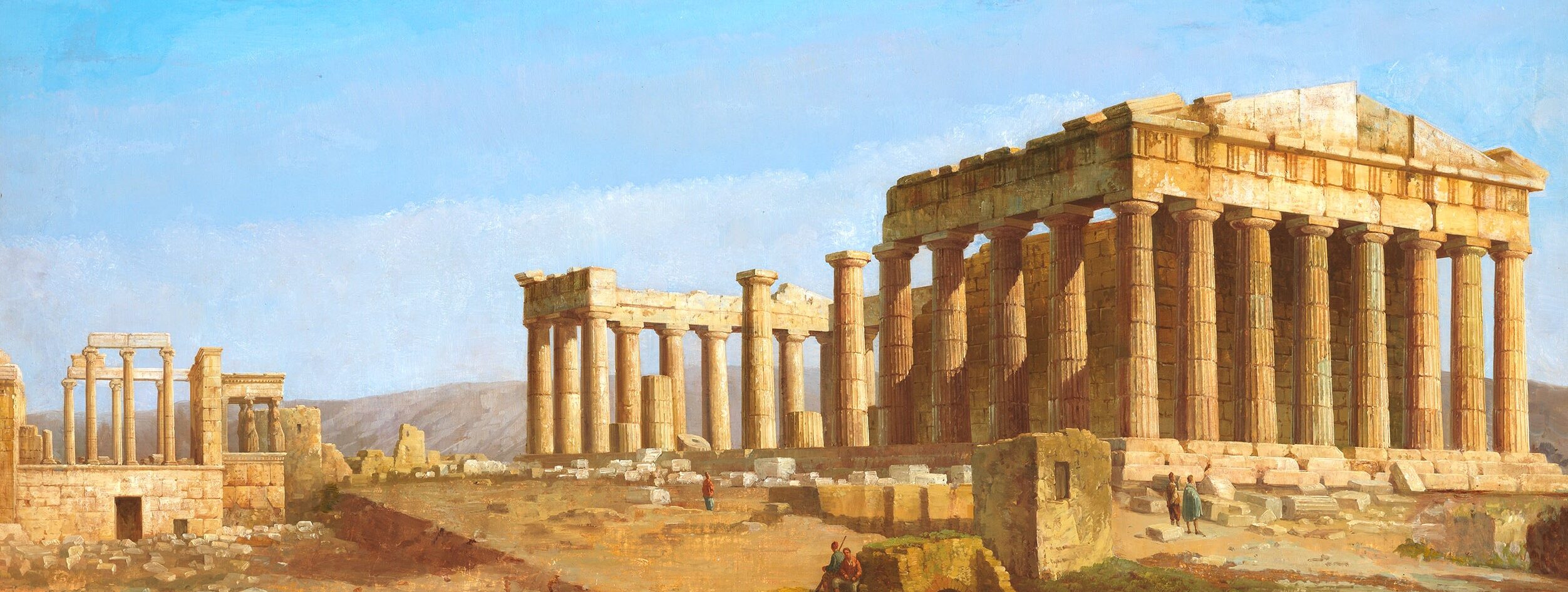
Modern technologies will also assist in hosting the exhibition, as a 3D virtual reality model of the exhibition space will be created.
The Municipal Art Gallery of Chania is transformed into a museum full of heirlooms – rare paintings and sculptures, watercolors and drawings, everyday objects, watches and costumes, weapons and publications- as it hosts the exhibition titled “Greece after the Revolution – Art Treasures from the Krasaki Collection”, organized by the Municipality of Chania.
The 167 exhibits belong to the 1,500 objects comprising the Tina and Michalis Krasakis Collection, which is based in Cologne, Germany and is presented for the first time to the public; and in Crete, which is the birthplace of the collector and journalist of Deutsche Welle, Michalis Krasakis.
The exhibition is accompanied by an illustrated catalogue (380 pages) (in three different editions in Greek, English and German) with texts by the art historian and curator of the collections of the Greek Parliament Thodoris Koutsogiannis, the author Katerina Schina, the writer and journalist Nikos Psilakis, historian-researcher Eftychis Tzirtzilakis, the curator of the exhibition Dimitris Andreadakis, the President of the Hellenic Republic, Katerina Sakellaropoulou, the Mayor of Chania Panagiotis Simandirakis and the Deputy Mayor of Culture and President of the Municipal Art Gallery Giannis Giannakakis.
Modern technologies will also assist in hosting the exhibition: in collaboration with the research team of the Technical University of Crete, a 3D virtual reality model of the exhibition space will be created, thus making the exhibition available worldwide.
Apart from the halls of the Municipal Art Gallery of Chania, part of the exhibition is also hosted in the halls of the Association of Philologists “Chrysostomos”.
Exhibition duration: October 30, 2021 – March 30, 2022
Municipal Art Gallery of Chania
Halidon 98-102, 73 131 Chania, Crete
Tel: 28210 92294, 28210 92419

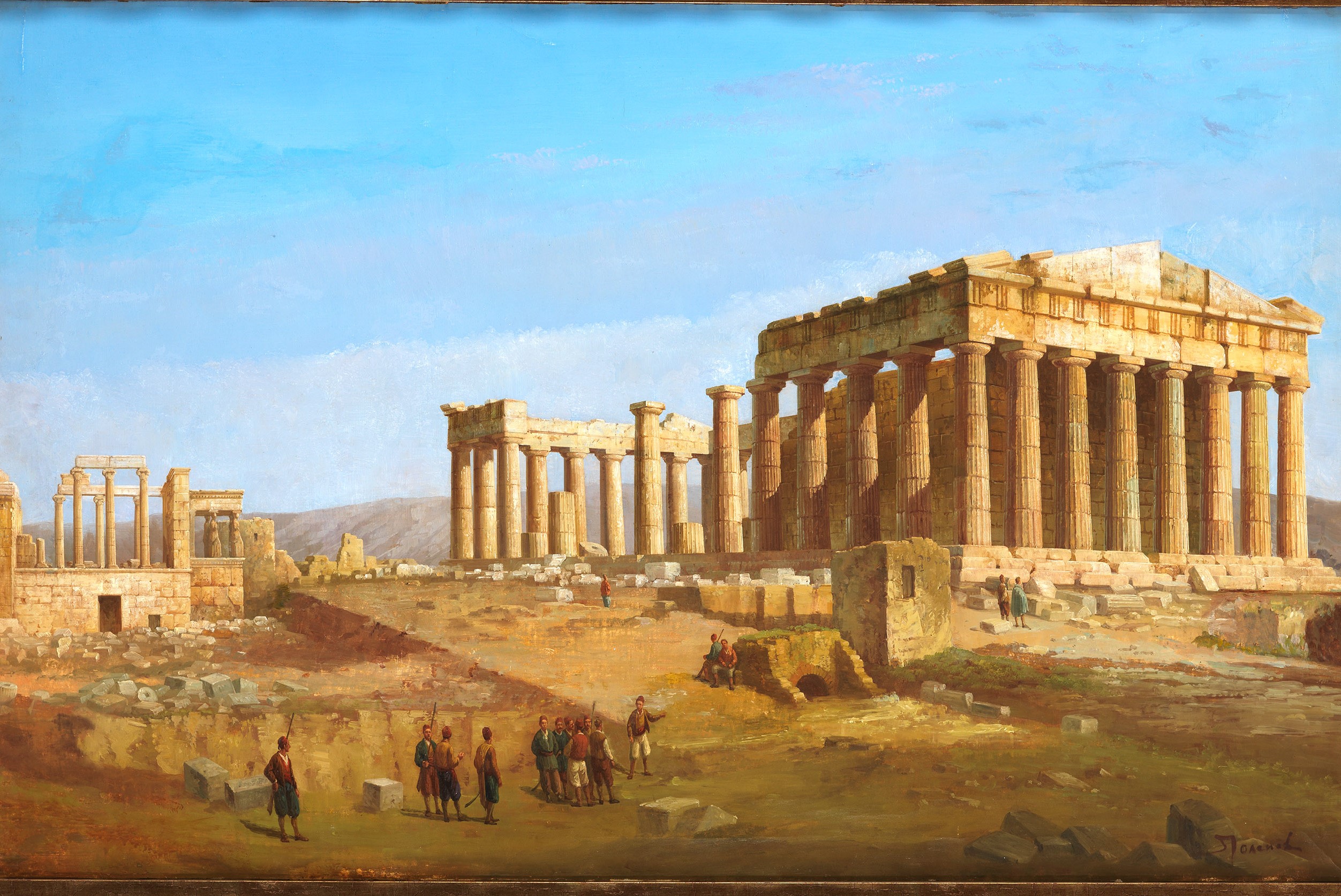
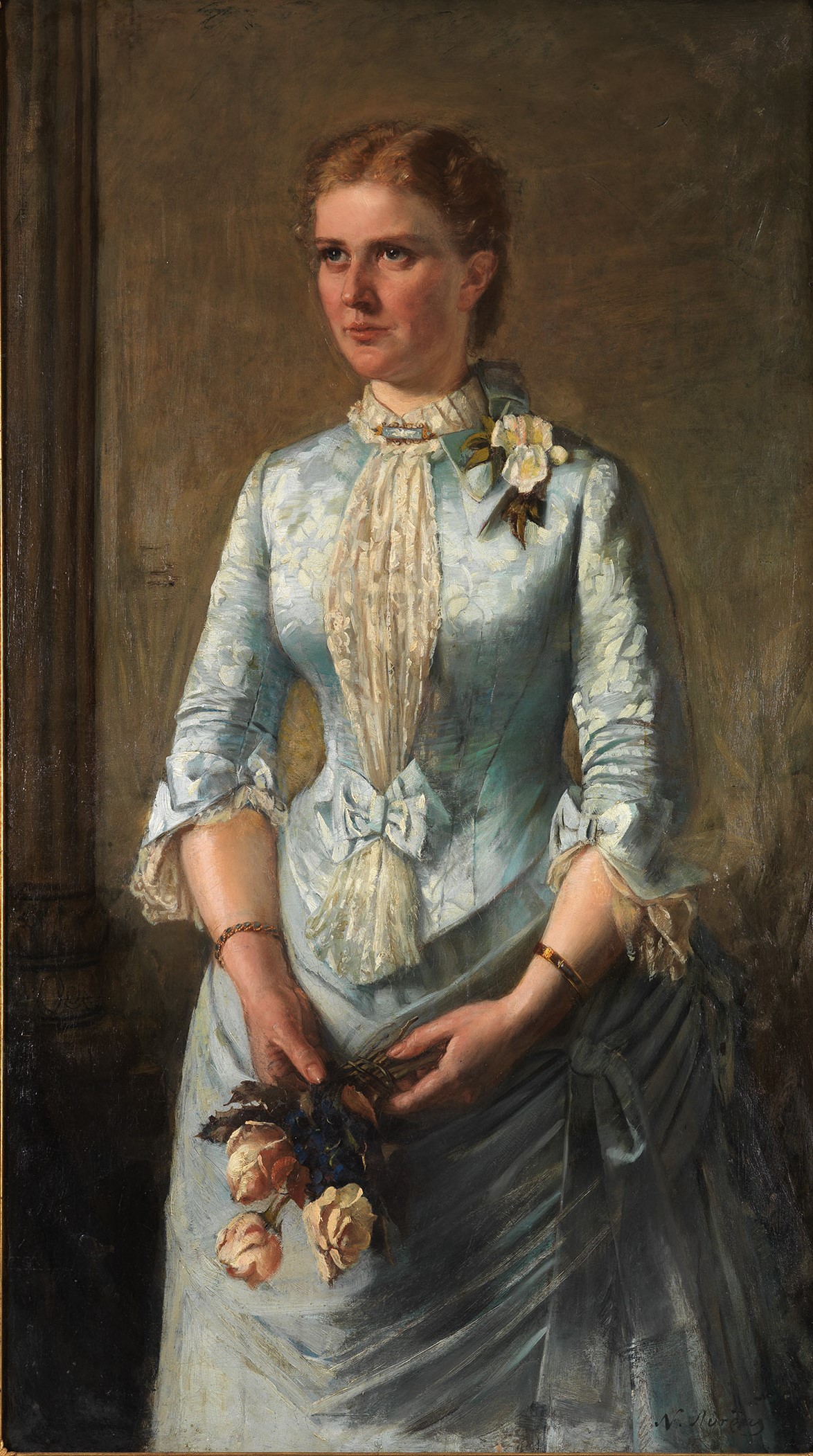
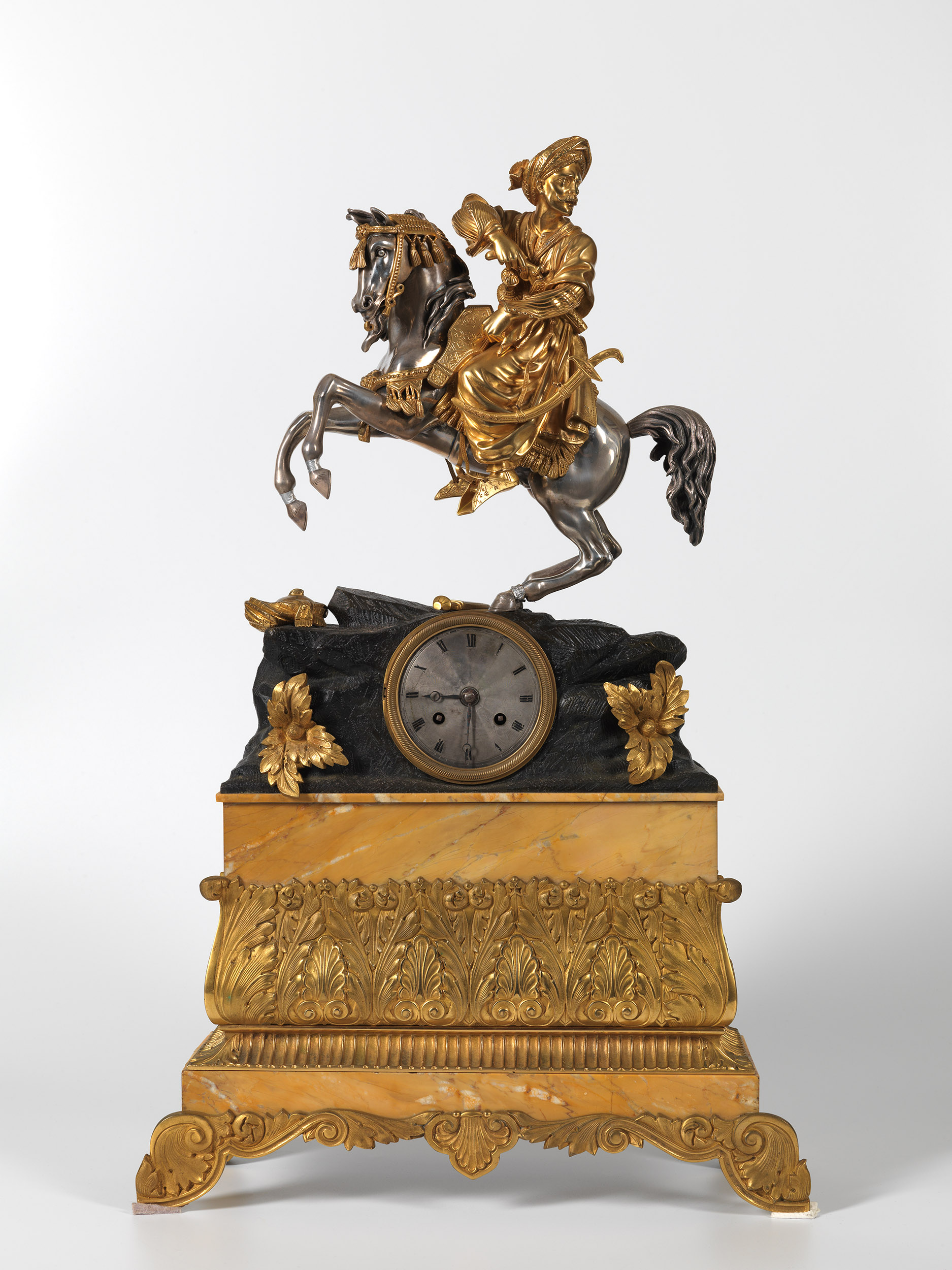
![Ασημένιο Κρητικό Γιαταγάνι 1796, μήκους 65 εκ., με χρυσές καλλιγραφίες στη λάμα (και στις δύο όψεις), χρονολογημένο „1211“ (=1796), η λαβή από ορείχαλκο με πλούσιο διάκοσμο, το θηκάρι από μασίφ ασήμι με κάστρα, πολιτείες, τρόπαια, πλοία, μυθικά όντα και άνθη. Σπανιότατο, υπέροχο ασημένιο γιαταγάνι της Κρήτης. Το περιεχόμενο της εγχάρακτης οθωμανικής επιγραφής στη μια όψη είναι: هنسناحبسایهدلد ]کرگστکرسهدلاقاچب۱۲۱۱ (bıçakeldegerekdildeyasübhânsene 1211) που στα ελληνικά μεταφράζεται: στο χέρι κάποιου θα πρέπει να ‘ναι το μαχαίρι, στη γλώσσα του Ω, ́υψιστε! Έτος 1211 (χριστιανική ημερομηνία: 1796). Στην άλλη όψη της λάμας χαραγμένη η φράση: mashallah – «το Θέλημα του Θεού». / Silver Cretan Yataghan dagger, 1796, length 65 cm. with gold calligraphy on the blade (on both sides), dated “1211” (= 1796), the brass handle is adorned with rich decoration, the solid silver sheath is decorated with castles, cities, trophies, ships, mythical creatures and flowers. Very rare, wonderful silver yataghan of Crete. The engraved ottoman inscription on one side reads: هنسناحبسایهدلد ]کرگστکرسهدلاقاچب۱۲۱۱ (bıçakeldegerekdildeyasübhânsene 1211) which means “the knife must be on one’s hand. Year 1211 (Christian date: 1796). On the other side of the blade, the phrase: mashallah – “the Will of God” is engraved](https://daysofart.gr/wp-content/uploads/2021/10/22285-photo-Katoufas-Brothers.jpg)

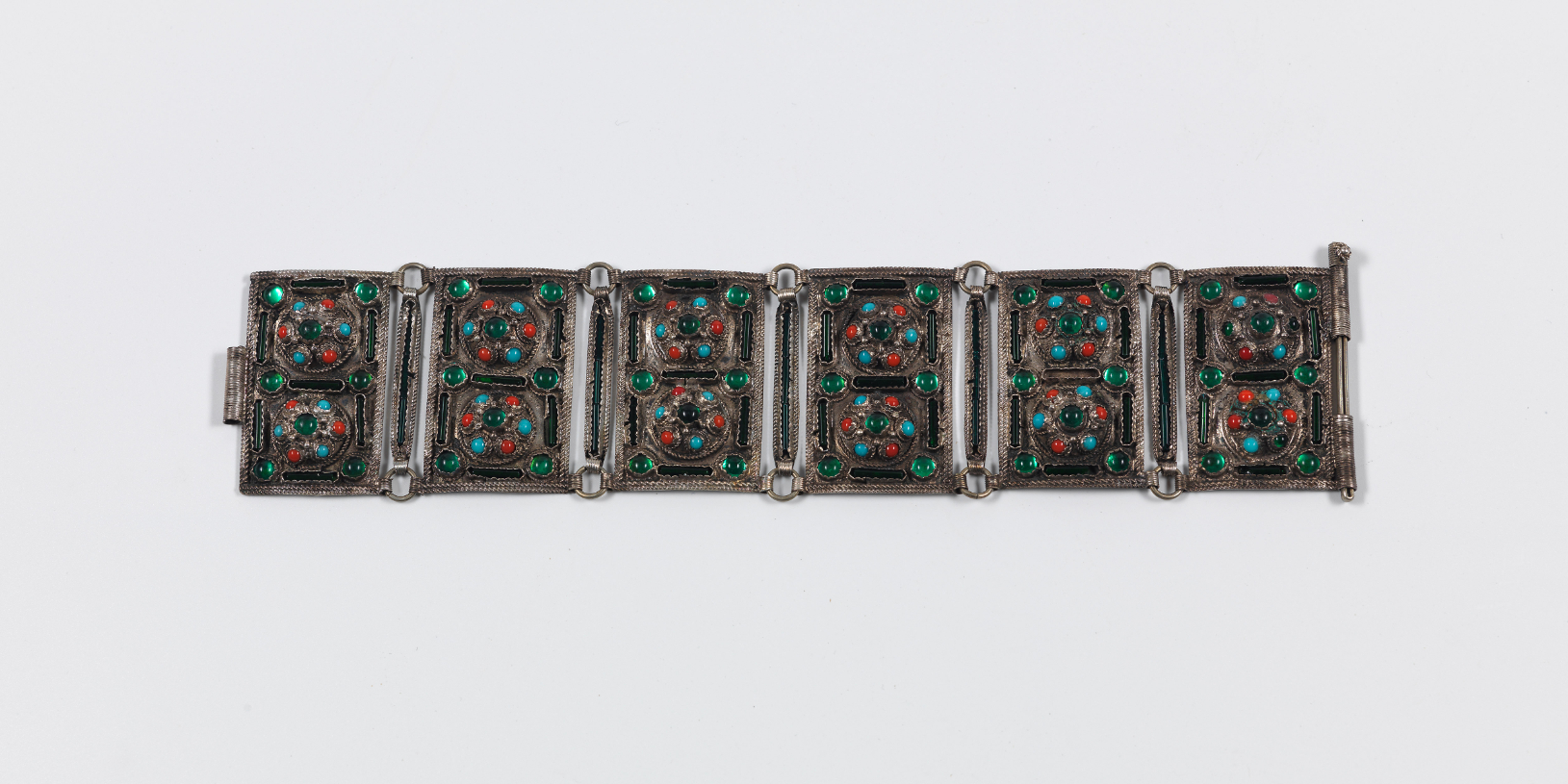
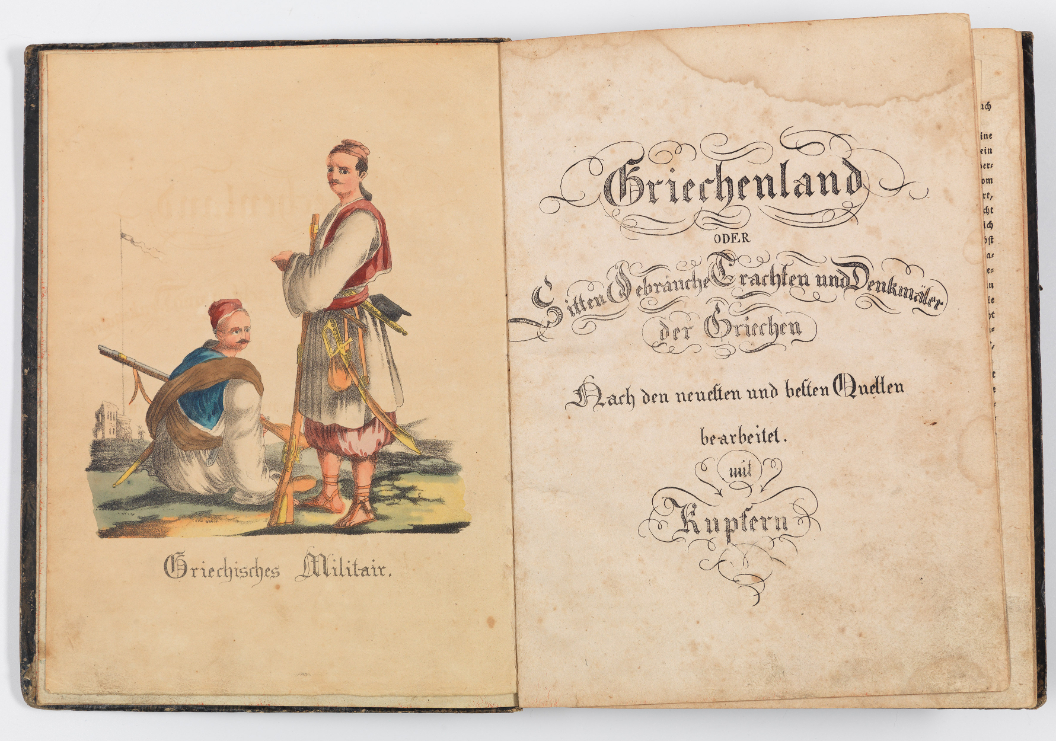
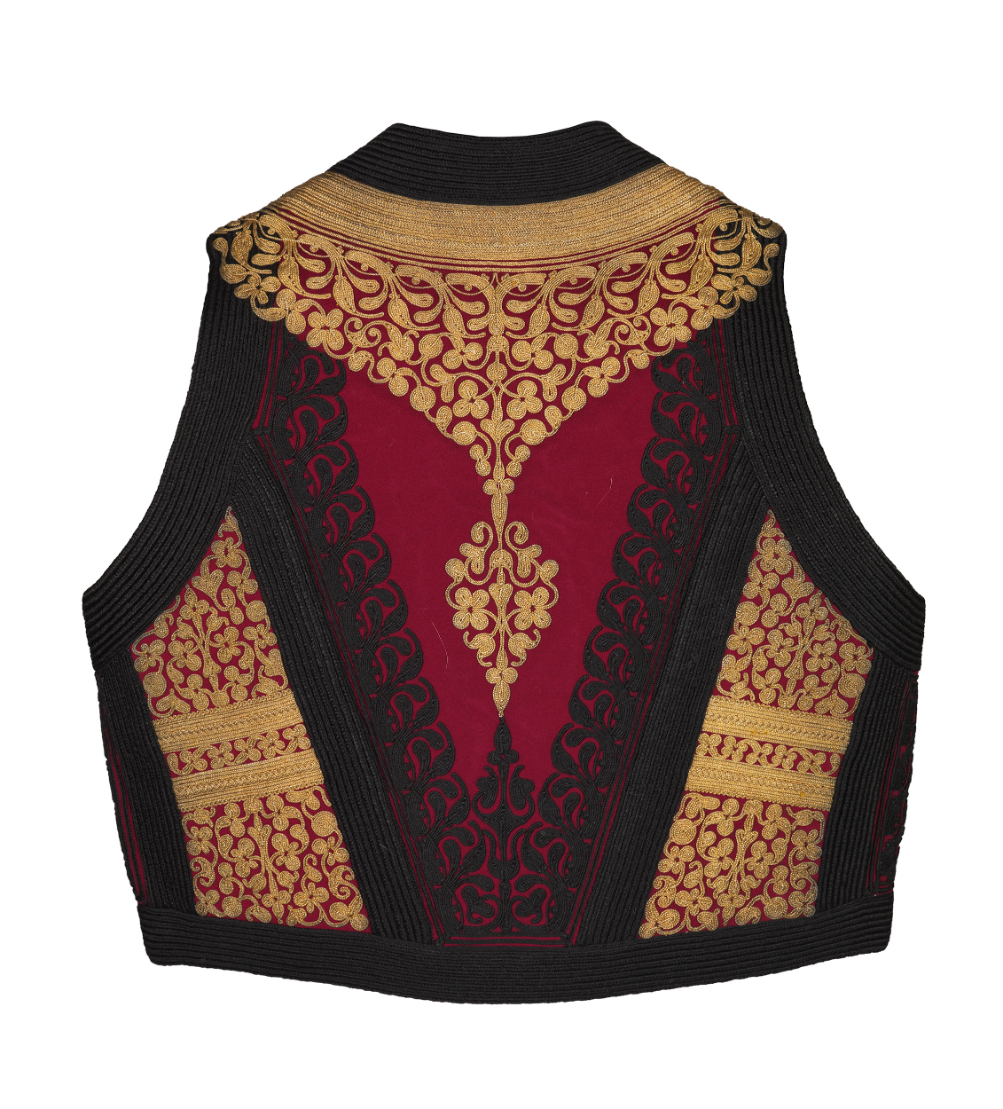
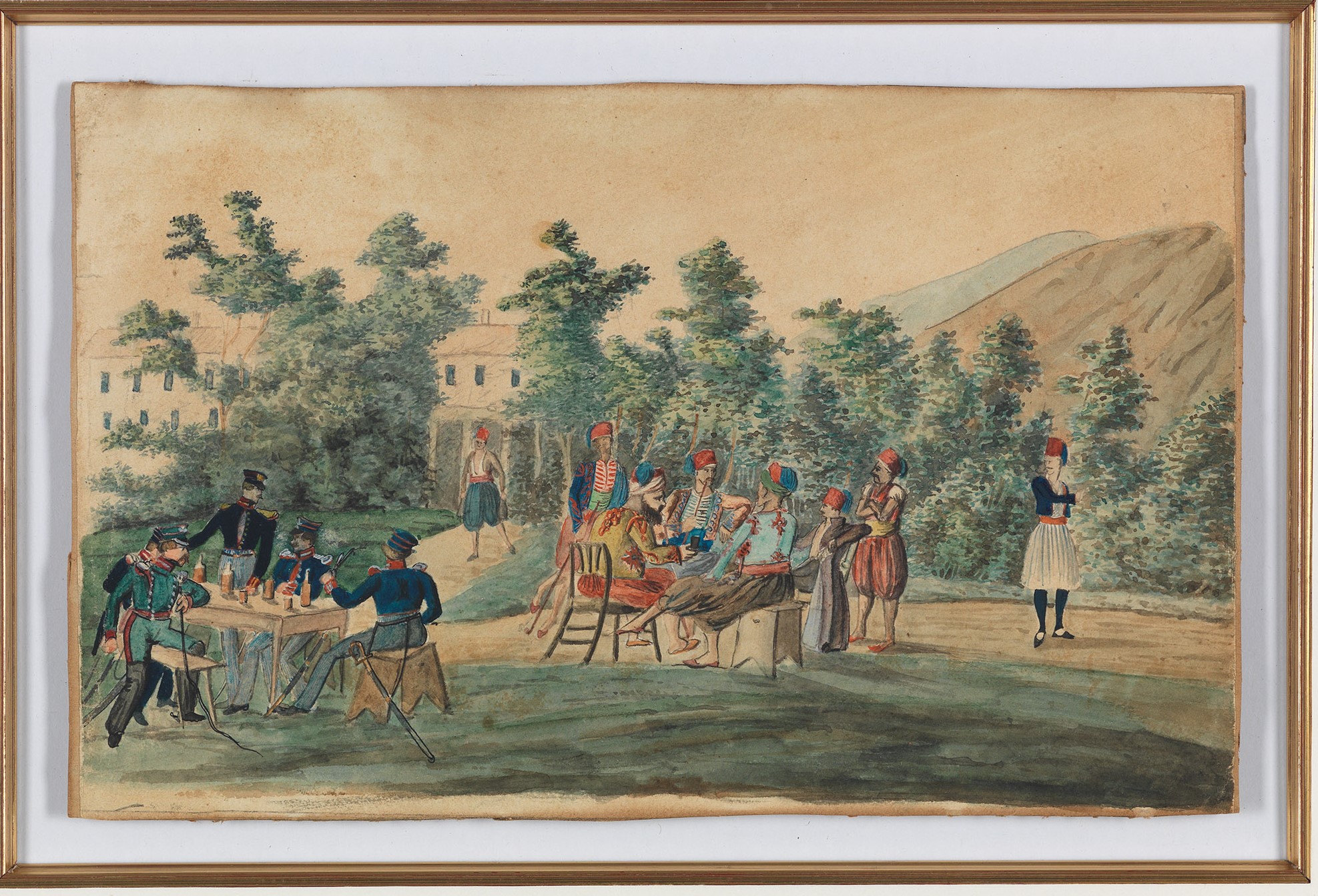
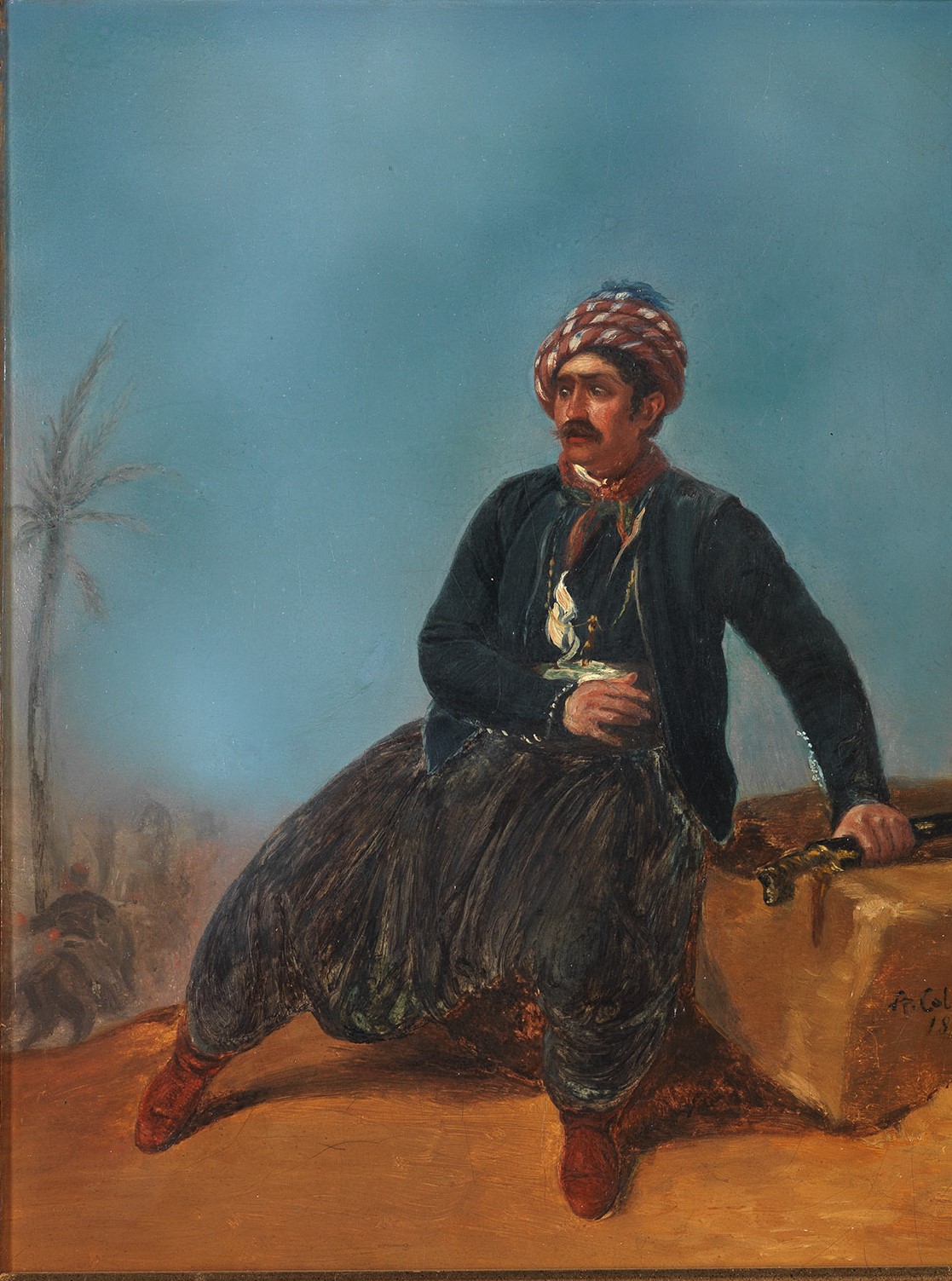
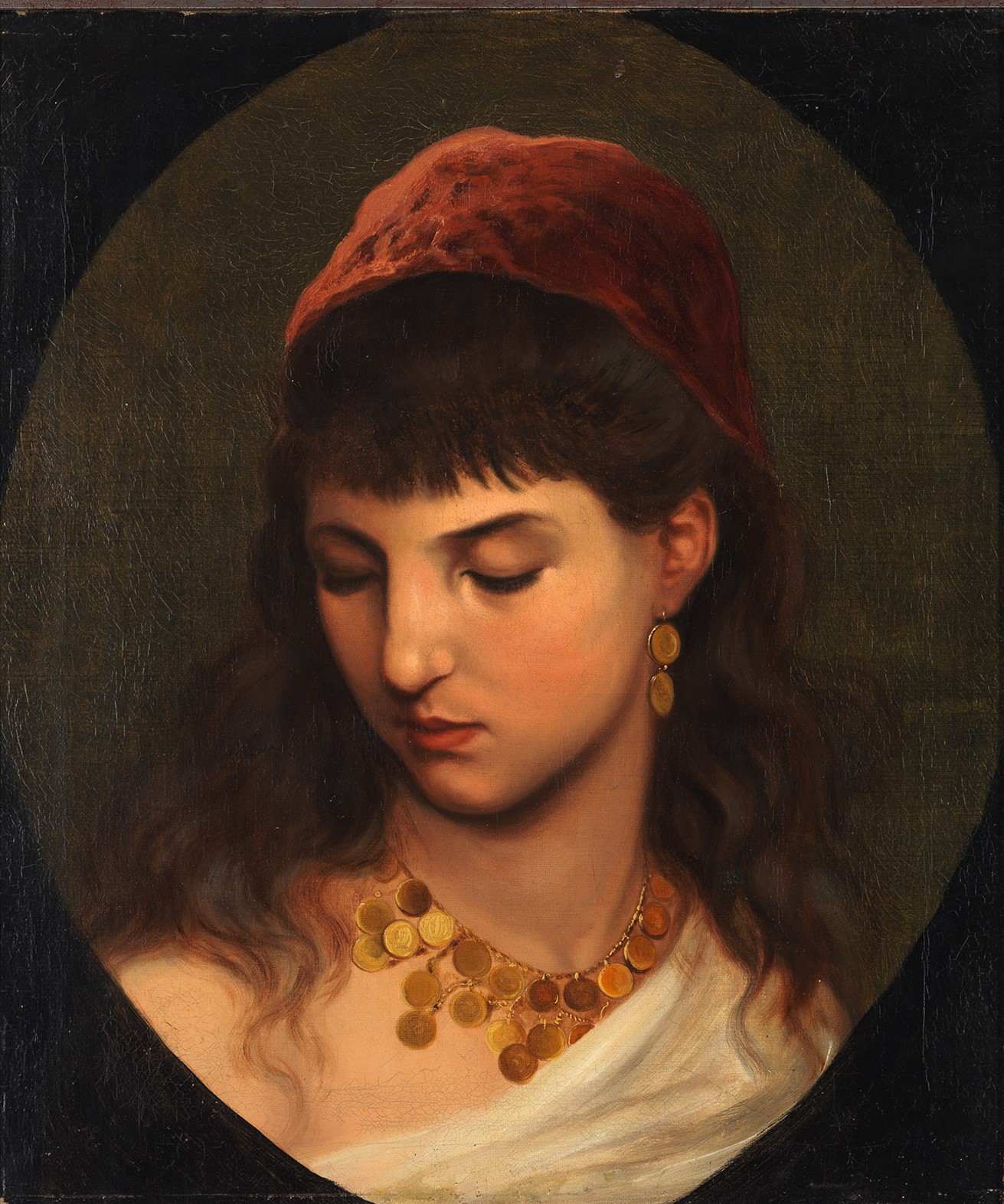
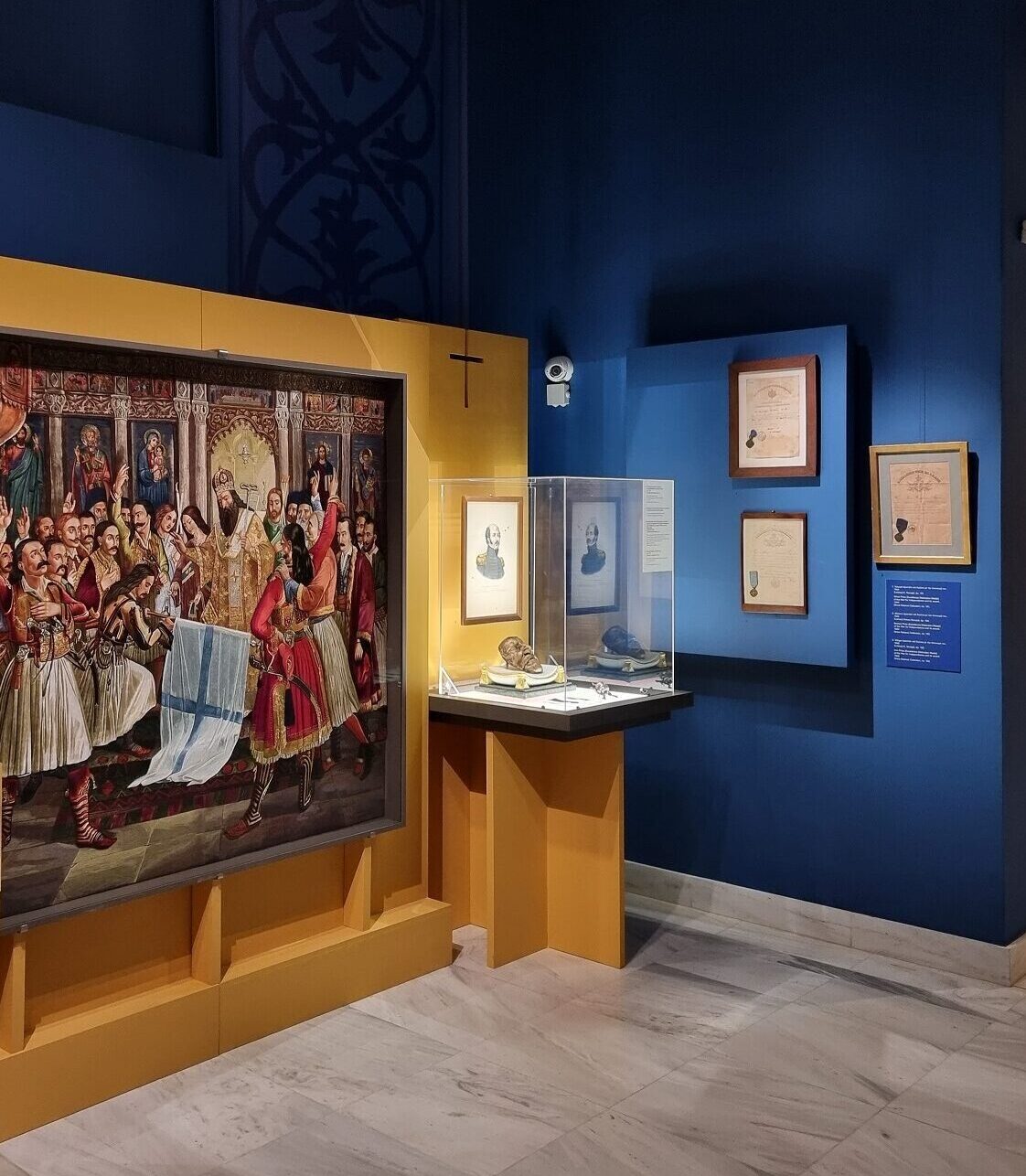

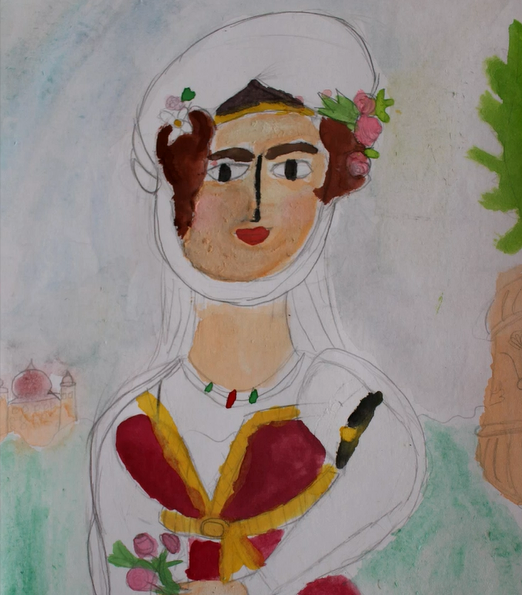
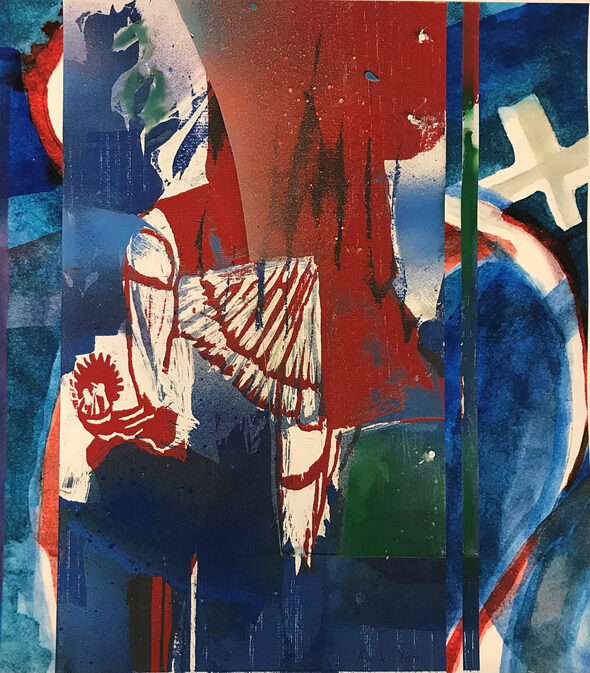


Leave A Comment